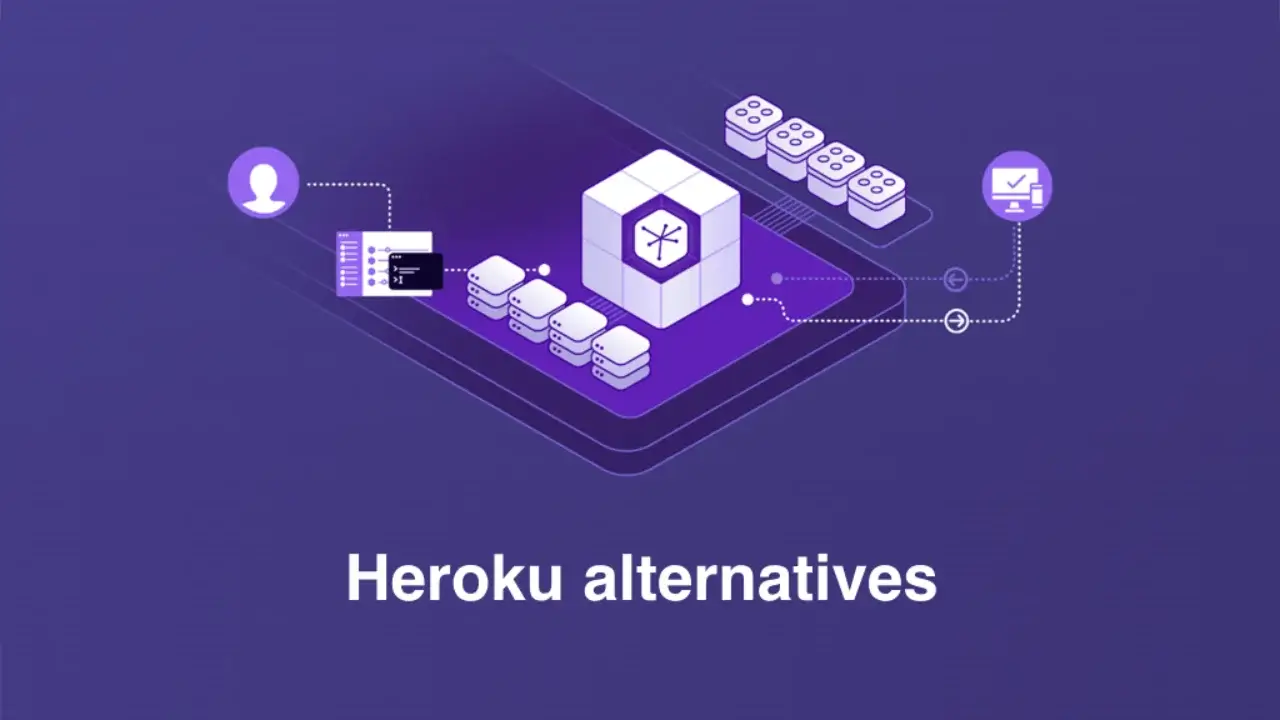
Beyond Metrics: Why Infrastructure Performance Now Defines User Engagement
Beyond Metrics: Why Infrastructure Performance Now Defines User Engagement
For years, the focus of application monitoring—or observability—revolved around the inner workings of the machine. Engineers waged a telemetry arms race, collecting vast seas of logs, traces, and metrics to answer one fundamental question: Did the server fail? If the API returned a 200 status code and the CPU load looked stable, everything was deemed ‘green.’
But that framework, built during the first wave of digital transformation, is now fundamentally outdated. It adheres to a technical reality that simply doesn’t align with how modern business success is measured. Why? Because your users don’t interact with your infrastructure; they interact with your product. And the gap between 'server OK' and 'user frustrated' is where revenue, loyalty, and brand trust quietly evaporate.
For **small and medium business owners**, **eCommerce managers**, and **digital agency professionals**, this realization is critical. Success today is not just about uptime; it's about perceived performance. If your site or application is slow, frustrating, or janky, the user leaves long before an error ever hits your backend dashboard. It’s time to shift our focus from observing technical failures to observing human behavior—and building the foundational cloud stacks necessary to meet human expectations.
This article dives into the essential shift toward user-centric observability, the business impact of seemingly minor performance hiccups, and, crucially, how managing your underlying infrastructure with solutions like **STAAS.IO** is the proactive step that prevents these problems from ever starting.
The Human Cost of Latency: When Performance Becomes the Product
In the high-stakes environment of **eCommerce scalability** and high-traffic content, disengagement happens in the milliseconds. Traditional observability tools treat performance as binary: either the service is up, or it is down. But users operate on a spectrum of tolerance. When latency increases, even slightly, users perceive the application as broken. They bounce. They abandon carts. They call customer support, driving up operational costs.
Consider the core metrics introduced by Google—the **Core Web Vitals**:
- Largest Contentful Paint (LCP): Measures perceived loading speed.
- First Input Delay (FID) / Interaction to Next Paint (INP): Measures responsiveness and interactivity.
- Cumulative Layout Shift (CLS): Measures visual stability.
These metrics are revolutionary precisely because they focus on human perception. A low LCP means the user is staring at a blank screen longer, leading to immediate frustration. A poor CLS (a small layout shift) can cause a user to click the wrong button, leading to an immediate drop-off from a crucial flow like a booking or checkout process. These are not technical failures; they are experience failures that directly erode your bottom line.
For digital agencies managing multiple client sites, or for managers overseeing high-value transaction flows, the realization is stark: Performance is no longer a technical feature; it is a critical component of the product itself.
The Trap of the Gray Area
Most performance regressions that impact users live in a 'gray area.' The server is running, the database query eventually completes, but the whole process takes just long enough (say, 500ms to 2 seconds longer) to frustrate the user into leaving. Conventional tooling often misses this entirely. Product managers see a dip in retention or conversion and cannot correlate it with a specific technical failure because, technically, nothing ‘failed.’ The user simply gave up.
From Backend Traces to User Journeys: Redefining Observability
The solution is a paradigm shift: reframing observability around the end-to-end user journey. Instead of asking, “Did the API return a 200 status?” we must ask, “Did the user successfully complete the high-value action we intended?”
This requires mapping and monitoring specific user flows—the path from landing page to checkout, or from search results to product view. The goal is to stitch together behavioral signals with technical performance data to identify friction points that derail engagement.
Key questions for a user-centric approach:
- Can we confidently measure how load times affect conversion rates across our checkout funnel?
- Are users who experience specific micro-delays (e.g., during payment processing) significantly more likely to bounce than those who don’t?
- Do changes in UI/UX combine with minor latency issues to compound user frustration and increase ‘rage clicks’?
Without this focused approach, teams operate in the dark, unable to explain why growth stalls or why specific A/B tests fail, mistaking an infrastructure stability issue for a poor design choice, or vice versa.
The Foundational Imperative: Optimizing the Infrastructure Stack
While adopting Real User Monitoring (RUM) tools is essential for diagnosis, the smartest and most cost-effective path to world-class **website speed** is prevention. You must ensure the environment that hosts your application is inherently fast, resilient, and, crucially, simple enough to manage that complexity doesn't introduce performance bottlenecks.
For modern applications—especially those utilizing microservices, complex APIs, or scalable **eCommerce infrastructure**—the standard solution is Kubernetes or containerization. These technologies offer incredible scaling potential, but their operational complexity is staggering. They often require specialized DevOps teams, leading to slower deployment cycles and increasing the risk of configuration drift, which is a silent killer of performance.
STAAS.IO: Simplifying Production-Grade Performance
This is precisely where the concept of Stacks As a Service (STAAS) provides a vital solution, especially for growing SMEs and agencies who cannot afford a dedicated cloud engineering team.
When engineering teams are focused on managing complex storage arrays, configuring cluster networking, and debugging opaque vendor-specific limitations, they are not focused on optimizing user-facing code. A modern platform must remove this operational burden.
STAAS.IO was built to shatter this complexity. By offering a true Stacks As a Service model, we simplify the path from development environment to production scale. We provide an environment that scales seamlessly with Kubernetes-like simplicity, but without the intense management overhead.
For an eCommerce platform expecting seasonal traffic spikes or a digital agency needing rapid, consistent deployment across dozens of client sites, **STAAS.IO** guarantees that your foundational stack is optimized for performance right out of the box. Key performance differentiators include:
- Native Persistent Storage:
- Unlike many fleeting container environments, STAAS.IO provides full native persistent storage and volumes. This is non-negotiable for databases, session data, and media assets—the very components that often introduce I/O latency, dragging down the **Core Web Vitals** performance.
- CNCF Adherence and Freedom:
- By adhering strictly to CNCF containerization standards, we ensure ultimate flexibility and prevent vendor lock-in. This standardized approach allows applications to run optimally and portably, meaning no proprietary cloud configuration will unexpectedly hobble your performance.
- Predictable Scalability:
- Scaling horizontally (across machines) or vertically (increased resources) is simplified under one clear, predictable pricing model. This assurance means businesses can confidently plan for growth without worrying that a sudden traffic spike will simultaneously introduce complexity and cost volatility, which often forces performance compromises.
In short, focusing on performance starts at Layer 0. By utilizing **managed cloud hosting** that abstracts away complexity while maintaining enterprise-grade standards, you significantly reduce the potential for performance regressions before the user ever encounters the application.
Security and Performance: Two Sides of the Same Coin
While we primarily focus on speed, we cannot forget that **cybersecurity for SMEs** is intrinsically linked to user experience. A poorly configured security stack can introduce significant performance drag.
For example, inefficient Web Application Firewalls (WAFs) or overly aggressive bot mitigation layers can add hundreds of milliseconds of latency to every request. Furthermore, the reliance on complex, fragmented infrastructure (a common issue without a unified platform) makes patching and maintenance difficult, increasing the risk of exploits. A security incident, even if quickly mitigated, destroys user trust far faster than a slow load time.
A unified, 'Stacks as a Service' platform inherently simplifies the security posture. When the platform handles the consistency and management of the underlying containers and volumes—like STAAS.IO does—it reduces the surface area for errors and ensures security best practices are deployed uniformly across the stack without performance compromise. When performance and security are managed cohesively, the foundation for a reliable, fast, and trustworthy digital experience is set.
Practical Steps for Business Leaders and Agencies
Shifting the focus to user-centric performance requires action not just from engineering teams, but from business leadership:
1. Define User-Journey SLOs (Service Level Objectives)
Stop setting SLOs only around infrastructure uptime (e.g., 99.99% network availability). Start setting SLOs around business outcomes. Example: “95% of users must complete the checkout flow in under 8 seconds,” or “LCP must be under 2.5 seconds for 90% of logged-in users.” These metrics directly connect performance to revenue.
2. Integrate Performance into Deployment Pipelines
Never let performance analysis be an afterthought. Every new feature or deployment should include checks for performance regressions *against user-centric metrics*. If latency or CLS exceeds pre-defined thresholds during staging, the release must be blocked. Platforms that offer seamless CI/CD pipelines, enabling quick rollback and testing—like **STAAS.IO**—make this integration feasible even for smaller teams.
3. Invest in the Stack, Not Just the Monitor
Monitoring is crucial, but it’s a necessary overhead on top of the stack. A smarter investment is selecting a platform that reduces the fundamental causes of latency and scalability problems. For SMEs and agencies, choosing a robust **managed cloud hosting** solution that provides CNCF compatibility and automatic scaling assurance is often the biggest lever for long-term performance stability.
Conclusion: The Future of Digital Reliability
The observability category has evolved past the backend telemetry arms race. The market demands that we measure what truly matters: human perception, engagement, and conversion. This user-centric approach forces us to look beyond simple crash reports and uptime metrics and focus on the 'long tail' of issues—the small latency spikes and subtle layout shifts that quietly erode user trust.
However, the most effective strategy is always proactive. While monitoring helps us diagnose the symptoms, a high-performance, resilient infrastructure stack is the cure. By simplifying the management of production-grade environments, delivering true native persistent storage, and ensuring scalable consistency through CNCF standards, platforms like **STAAS.IO** allow businesses to focus their engineering resources on the product experience, not the cloud plumbing. Building fast digital products means first building on a fast, predictable foundation.




